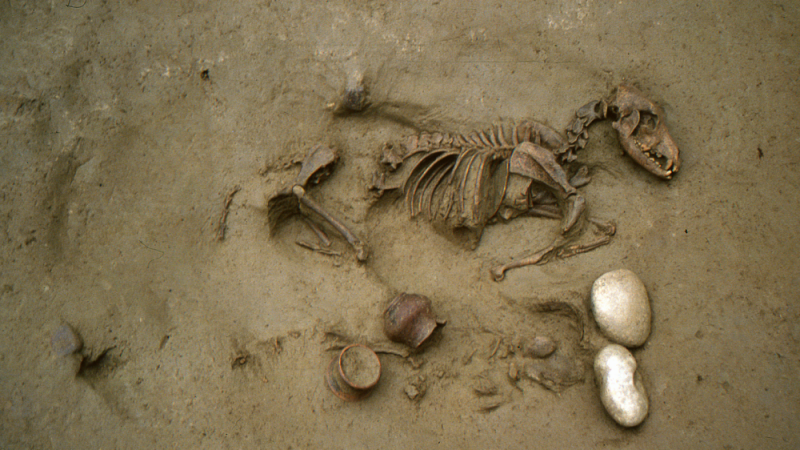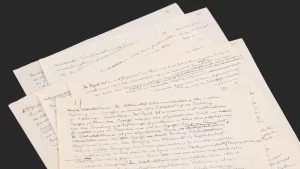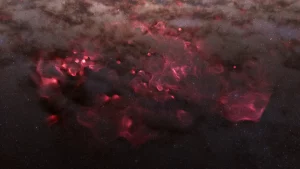Iron Age humans found mysteriously buried with dogs and horses

Archaeologists and anthropologists often find ancient humans buried alongside dogs, cats, and even horses. We are still piecing together the mystery of why co-burials were common. An archeological site in northern Italy points to some potential reasons. The co-burials could have been meant to provide a meal and companionship in the afterlife. They could even have served as complex funeral rites in the Iron Age. The archeological findings and theories are described in a study published February 14 in the open-access journal PLOS ONE.
[Related: Over 6,000 sacrificed animal bones tell a story of Iron Age Spain.]
In the study, a team of researchers from Italy and Switzerland looked at skeletons from the Seminario Vescovile archaeological site in Verona, Italy. The remains date back from Third to First Century BCE, long before the fictitious Romeo and Juliet would have lived, loved, and died there. The people who lived here were linked to Celtic cultural groups who crossed the Alps around the Fourth Century BCE.
Of the 161 people buried at Seminario Vescovile, only 16 were buried alongside animals. The lack of animal representation intrigued the team from the start. Some of the gravesites included pigs, chicken, and part of a cow. These likely would have represented food offering for the dead, since these animals were commonly eaten by people.
However, four of the people at this site were buried alongside the remains of dogs and/or horses. These animals were not commonly eaten and the presence of horses and dogs was significant to the team. Other Iron Age findings in France and Switzerland indicate that horses and dogs were symbolic at the time. These animals are often present in what appears to be sacrificial rituals, funeral rites, and are frequently associated with specific deities from the time. For the team, the characteristics of a plot called Burial 46 were particularly interesting.
“It includes the complete skeleton of a horse positioned above a woman, along with the cranium of a dog and the remains of additional horses,” Marco Milella, a co-author of the new study and anthropologist at the University of Bern in Switzerland, tells PopSci. “This discovery provides a glimpse into a remarkably complex funerary ritual.”
According to Milella, what is equally compelling about this site is that both of the individuals who are accompanied by entire animals are female. The individual with a complete horse was an older woman, while the person buried with a complete dog was a baby. A young man buried with part of a horse and a middle-aged male buried with a small dog are also present, but only females have complete animals buried with them.
“While drawing scientifically robust conclusions from just two cases is challenging, we are prompted to consider whether this occurrence is merely coincidental or indicative of a deeper pattern,” says Milella.
[Related: Early humans carved old skeletal remains from burial caves into tools.]
To search for patterns that might further explain animal burials, the team analyzed the demographics, diets, genetics, and burial conditions of the humans and animals. While they did not see any notable correlations here, they did find that those who were buried alongside animals did not seem to be closely related to each other. Had they been related, it could have suggested that this was a practice of a certain family.
The lack of patterns in these graves means that there are likely multiple interpretations about human-animal co-burials from the Late Iron Age. While dogs and horses often had religious symbolism in ancient cultures, specific individuals also may have been buried with a beloved companion. These human-animal burial practices may have also been individual traits and societal customs, which holds true for us today
“We often tend to overlook the extent to which animals—or more accurately, other animals—are integral to human society and cultures worldwide,” says Milella. “Simply taking a walk and observing, or watching a documentary or photo essay, reveals the omnipresence of other animal species in human societies. Whether for economic, dietary, psychological, or religious reasons, humans and other animals are deeply intertwined, although in many cases, unfortunately, to the detriment of the latter.”










